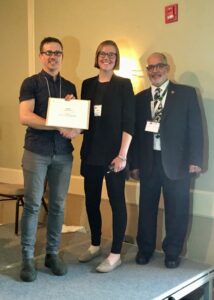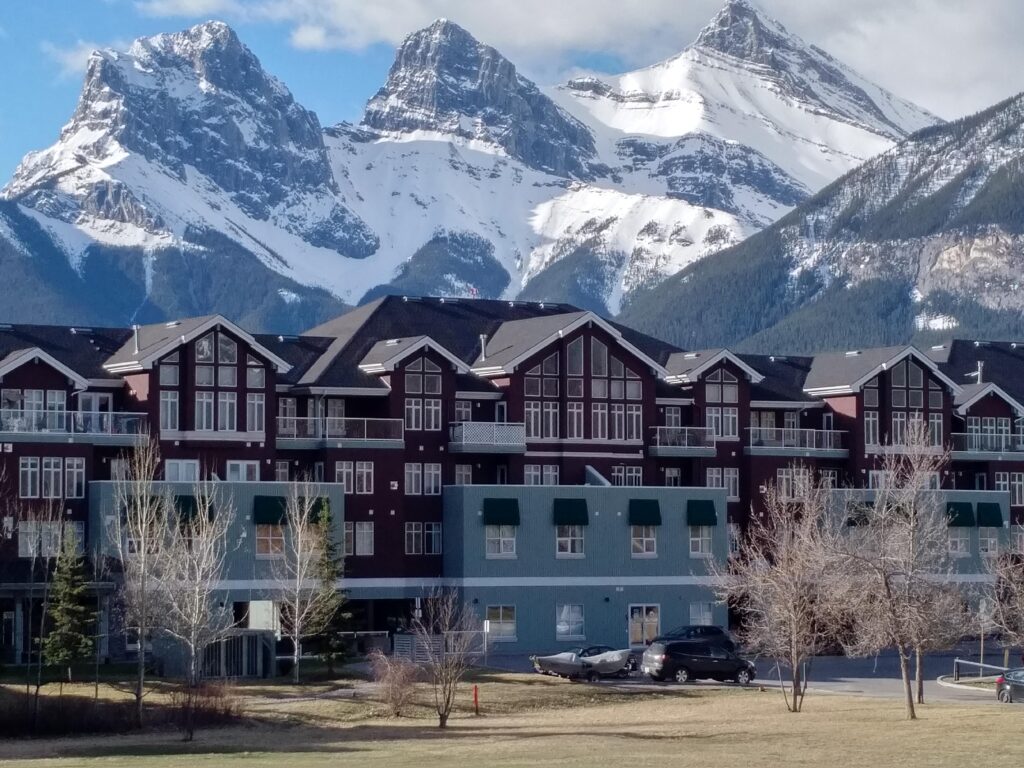As part of the Global Water Futures (GWF) program, the Global Institute for Water Security (GIWS) has recently established the GWF PhD Excellence Scholarships, each valued at $45k per year for 3 years. At least 10 scholarships are available, and hydrology is one of the eligible subjects.
These are entrance scholarships offered to students who have outstanding academic records, show research promise, have exceptional communication, interpersonal and leadership abilities, and are registering for the first time in a PhD program at the University of Saskatchewan. More details are provided on this PDF and the award web-page.
The proposed PhD research program should be in alignment with at least one of the GIWS themes and GWF research areas, under the supervision of a GIWS faculty member. Most faculty from the Centre for Hydrology are eligible members of GIWS and PhD students wishing to study hydrology are strongly encouraged to apply and to contact a potential supervisor from this list posted here.
If you have questions regarding potential topics of study in hydrology please contact Joni Onclin at centre.hydrology@usask.ca


